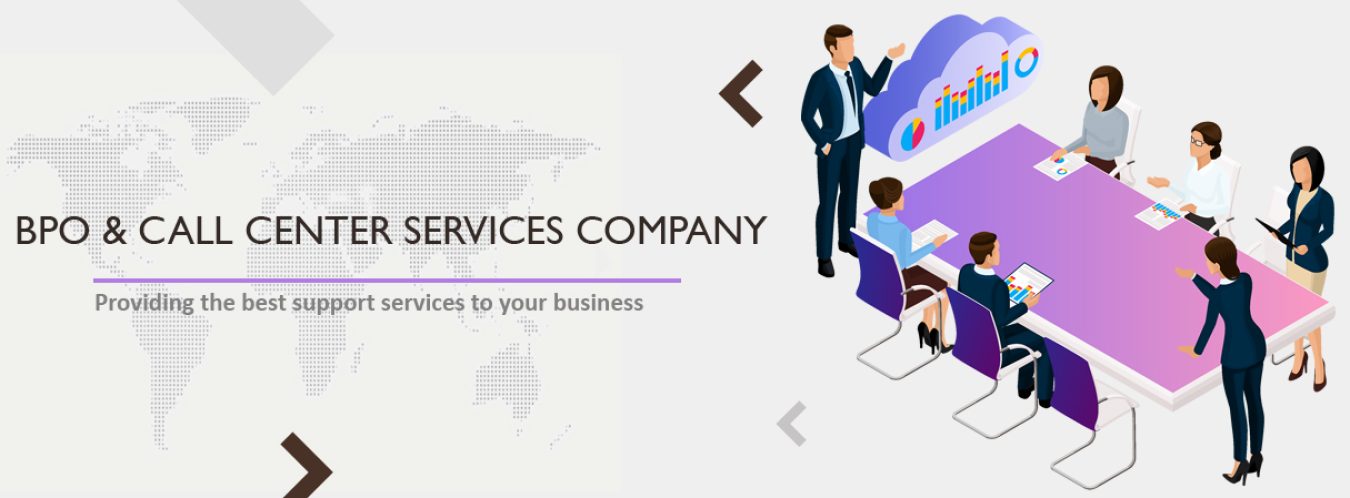Customer care is a crucial aspect for any e-business to offer quality services to the clients while incurring low costs. Here are some best practices to achieve affordable customer support:

1. Leverage Technology
Chatbots and AI: Involve chatbots and AI customer support to deal with preponderant questions and problems. These tools give real-time results and can work round the clock, thus the firm may not need to hire a lot of support staff.
Helpdesk Services: Implement helpdesk services to improve organization of support tickets, other processes that are involved with support ticketing, and a place to keep records of the interactions with customers.
2. Self-Service Options
Comprehensive FAQs: Create the most frequently asked questions on your site to provide their answers, so every client can find desired information.
Knowledge Base: Build up an efficient knowledge base in the form of articles, instructional videos, as well as text and voice commands which the customers can try to utilize in order to fix their problems without getting in touch with the support agents.
Community Forums: Create Q&A sections where customers can ask questions and where people in the community can answer to save much of the work for your support team.
3. Outsource Support
Third-Party Call Centres: Second, hire third-party call centre services that focus on e-commerce support and then outsource work during peak business periods or if a centre becomes too crowded; this way, there is no constant overhead price.
Freelance Support Agents: For the shift schedule or occasional help that does not require full-time employment, contract freelancers online from websites such as Upwork or Fiverr.
4. Effective Communication Channels
Multichannel Support: This way customers can choose the way that they are comfortable using while at the same time, the workload is divided evenly across the channels.
Unified Inbox: Organize all your customer communication across all touch points onto a single interface to help guarantee that responses are standard and effective.
5. Optimize Workforce Management
Part-Time and Remote Workers: Use outsourced personnel or those with flexible hours and working from home for the customers’ support service to minimize costs related to the regular, full-time employees with fixed working space.
Flexible Scheduling: Provide schedules that correspond with high customer inquiries, in order to optimize resource use.
6. Proactive Support
Proactive Communication: Send proactive notifications about order status, shipping updates, and potential delays to keep customers informed and reduce incoming inquiries.
Customer Feedback: Consult clients frequently in order to look for potentially frequent complaints and eliminate the causes of dissatisfaction among customers.
7. Training and Development
Continuous Training: Continuous training of the support agents is important so as to improve their skills and increase the rate in which they are able to attend to the inquiries made hence decreasing the time taken.
Knowledge Sharing: Motivate the support agents to share their findings so that the discovered strategies and solutions are communicated among other agents.
8. Monitor and Analyse Performance
KPIs and Metrics: KPI metrics include response time, resolution time, customer satisfaction and the ticket volume, in order to determine the improvement areas.
Customer Feedback Analysis: Monitoring should be done at a constant rate with specific regard to trends and repeated patterns of customer feedback and then modify support accordingly.
9. Automation and Integration
Automated Responses: The free questions that any customer might pose should be escalated to an automated response that can assist them immediately instead of burdening the live agents.
Integration with E-Commerce Platforms: Examine the available solutions for client assistance and incorporate them into managing orders, their tracking, and any problems.
10. Cost Management
Budget Allocation: Budget out the money for customer support and constantly audit expenditures for prices that are affordable.
Cost-Benefit Analysis: Perform a cost-benefit analysis of the support strategies and technologies that are to be implemented in order to gain the most benefit from the investment that is made.
Conclusion:
With the use of technology, automation of customer services, outsourced function, efficient human resource management, it is possible to have an e-business venture with effective customer support at a low cost. The efficient communication, constant training, and performance tracking are critical to keeping the personnel and customers’ needs on par. The above discussed best practices assist in ensuring that e-commerce firms are able to satisfy customer needs without tremendous costs.
To outsource customer support and help desk services to ISPL Support Services contact us at: https://www.isplchennai.com/contact

